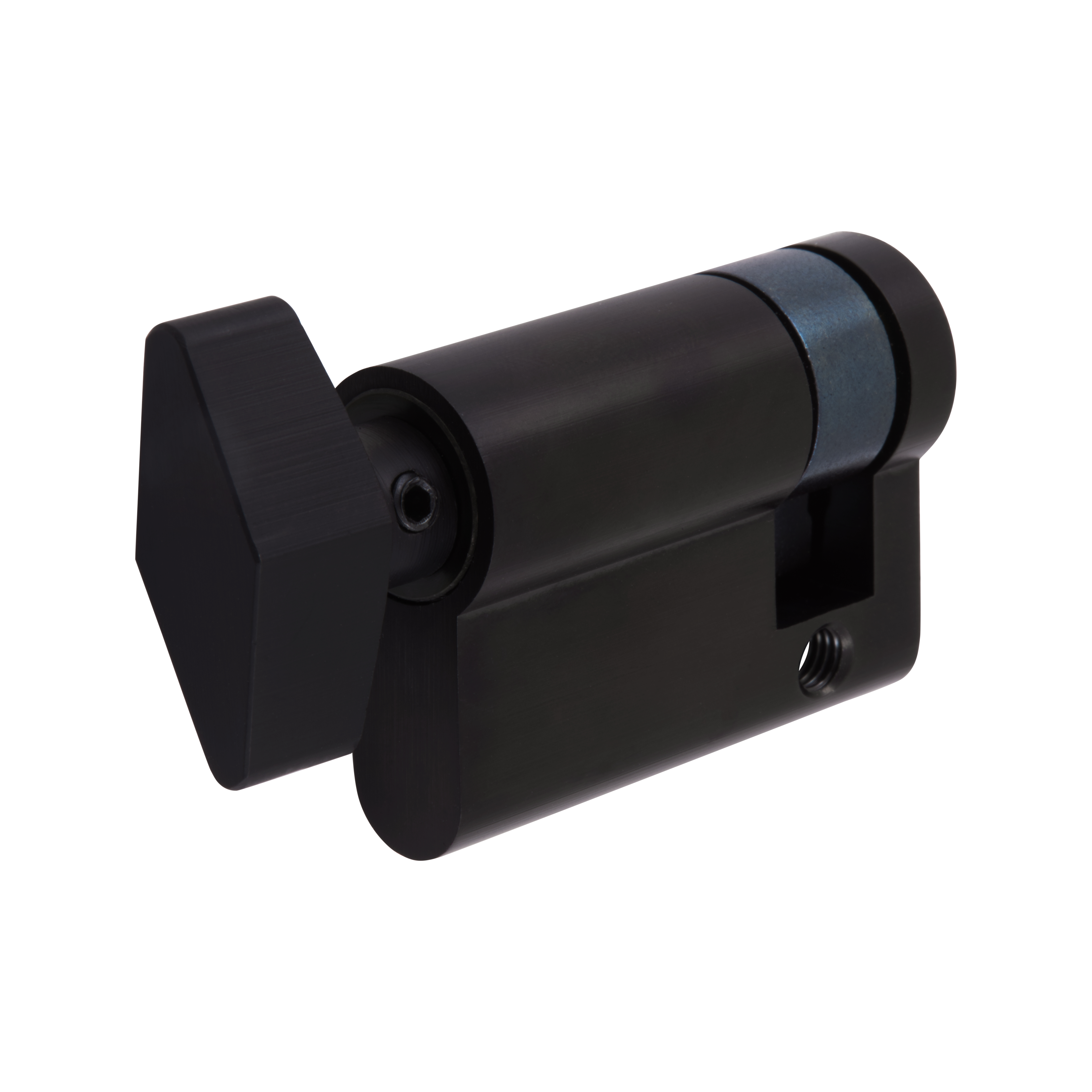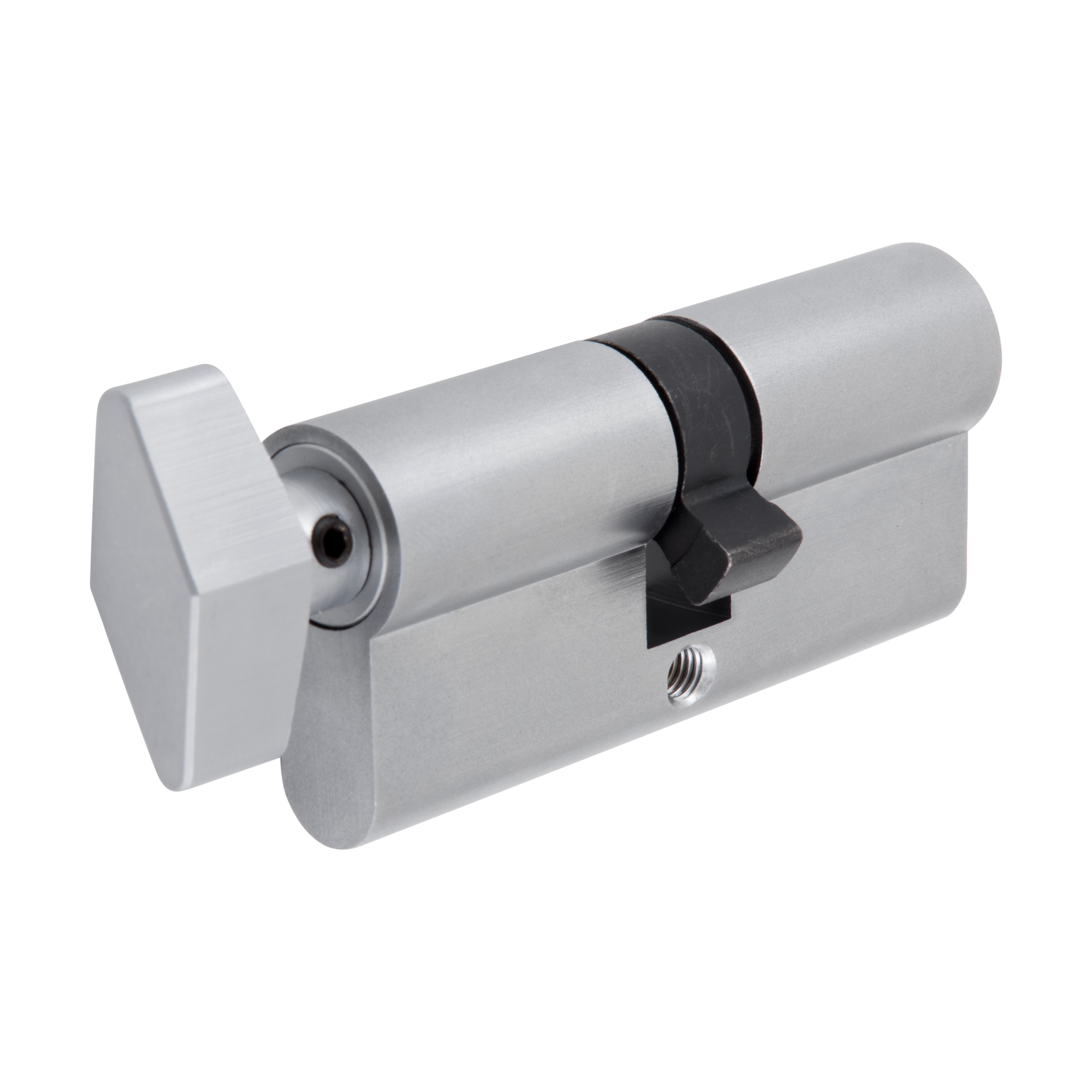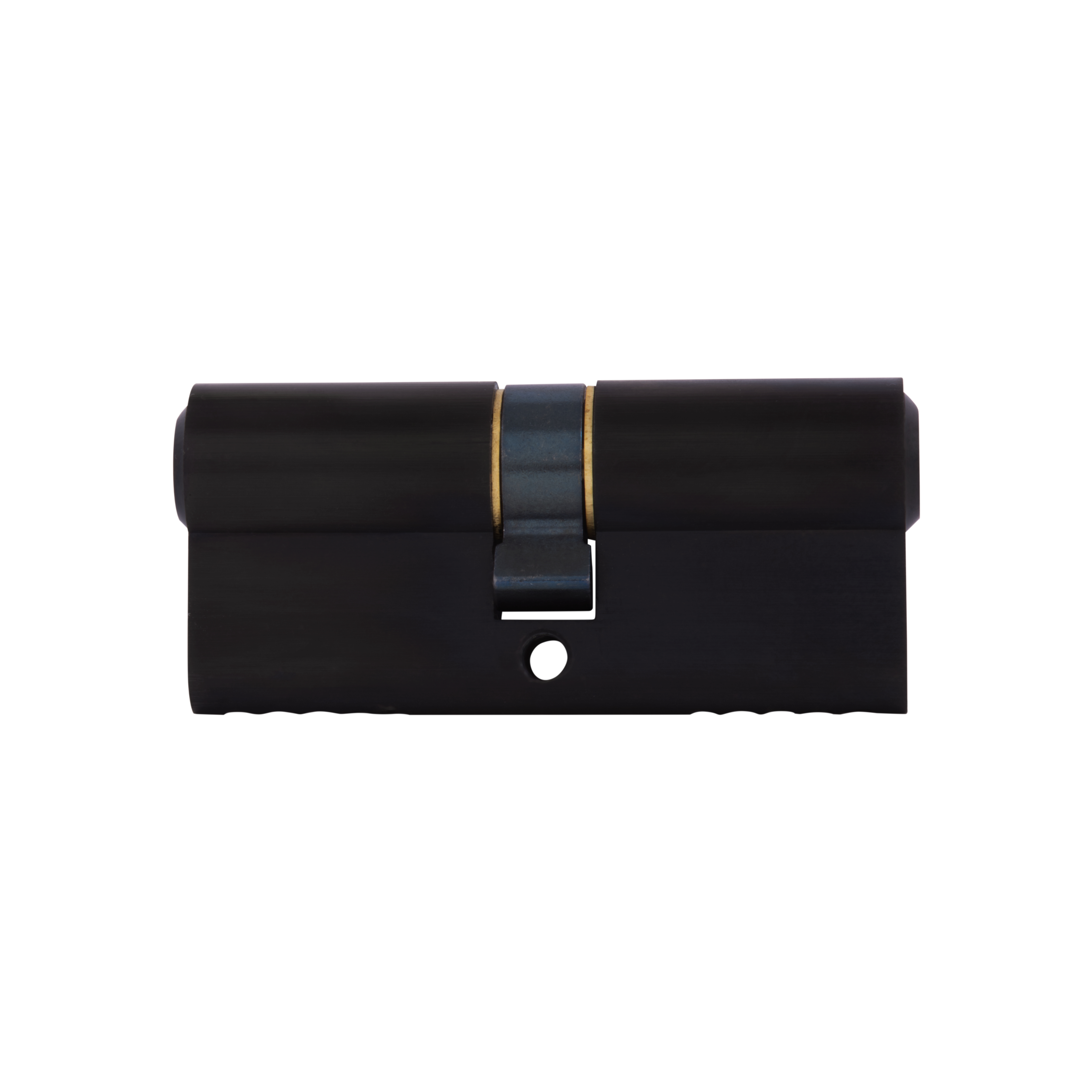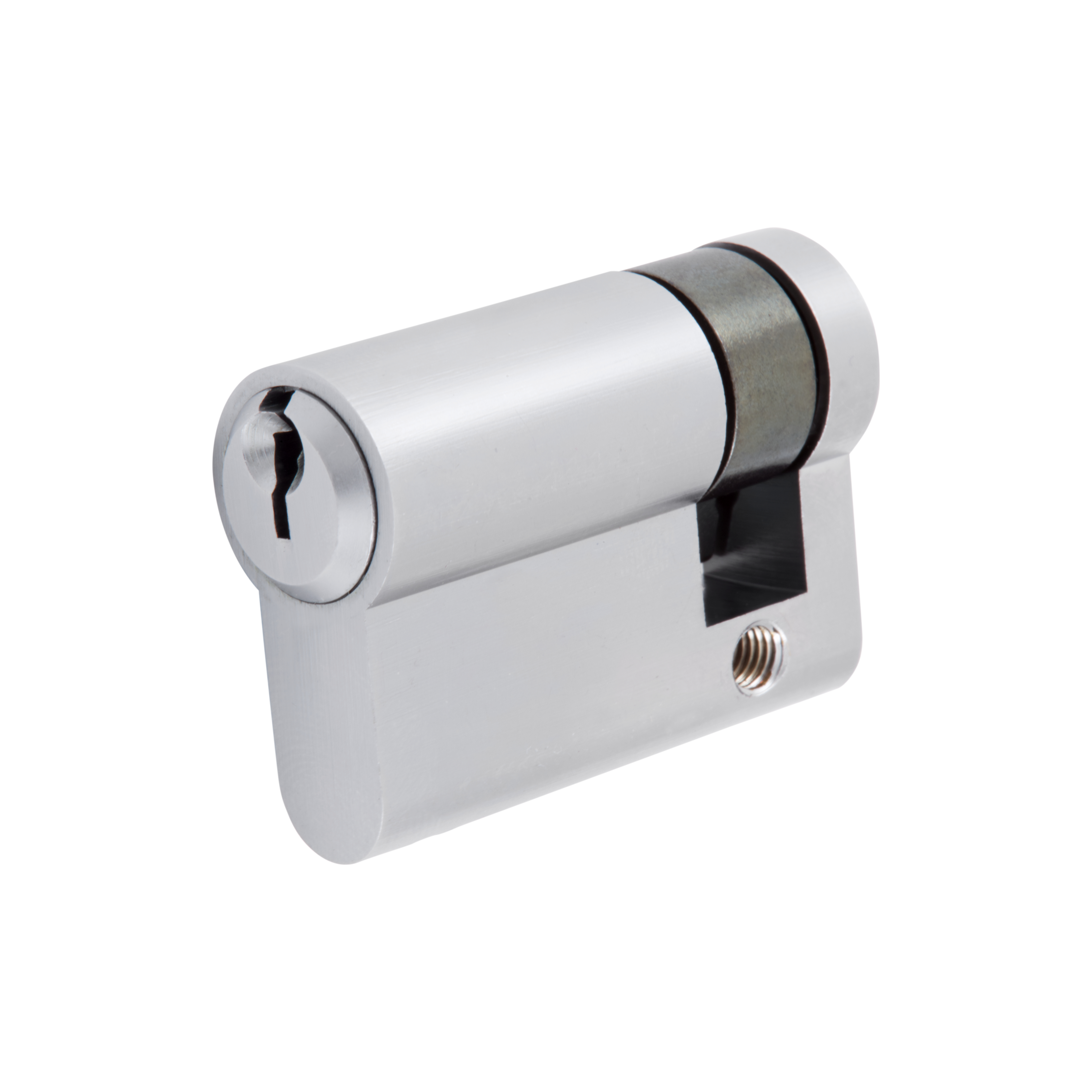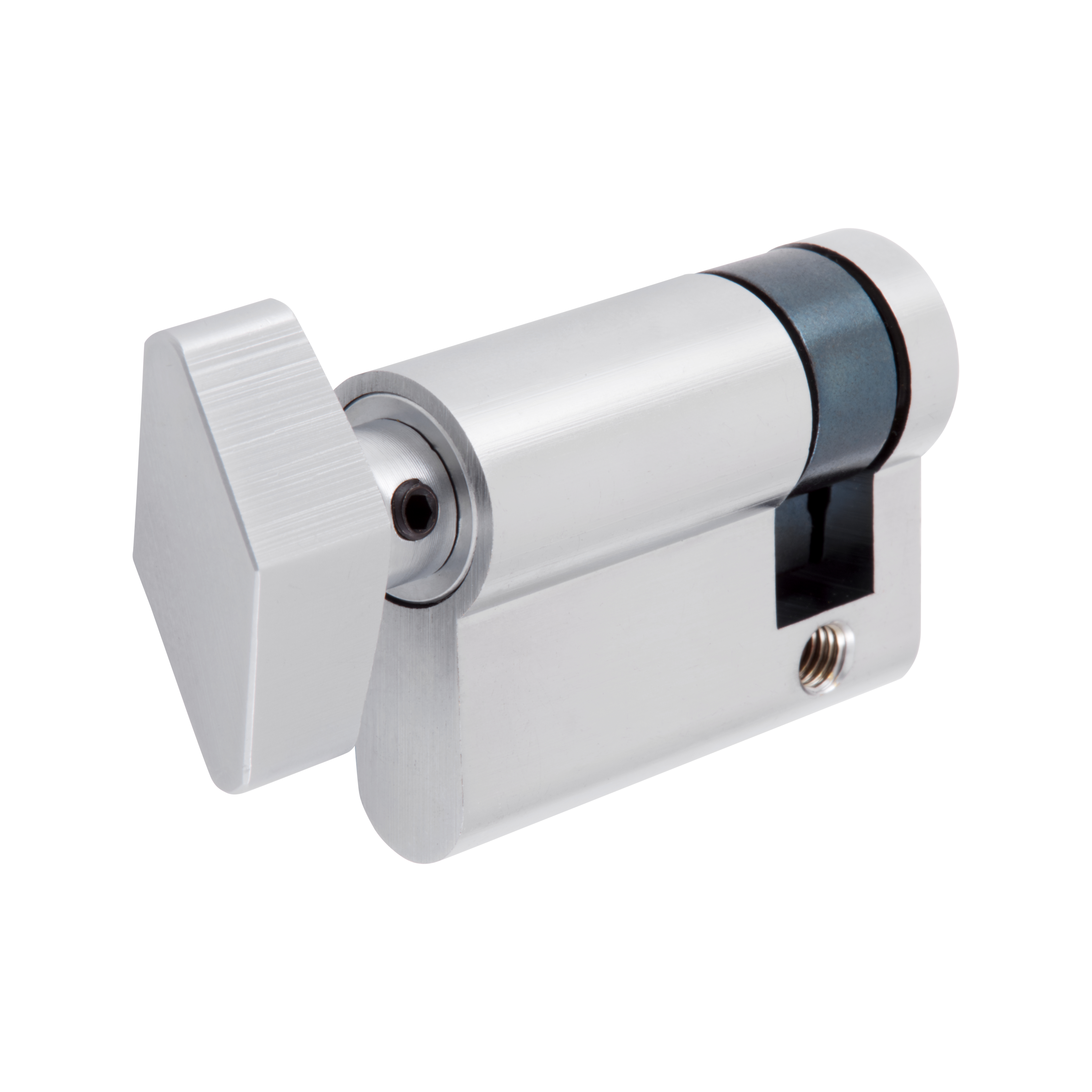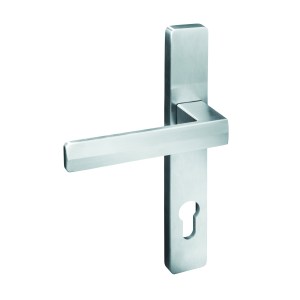Virtus Euro Cylinders
Austral Lock Virtus Euro profile cylinders are suitable to use for a wide range of applications. The Virtus Euro cylinders feature a clutch mechanism which allows a key to unlock from one side, while another key is still in the keyway on the other side. They are made of solid brass and have been thoroughly tested to establish quality and durability
Description
Product Features
- Designed and tested to Australian and New Zealand standards.
- Fixed cam Virtus Euro cylinders available in multiple configurations:
- double cylinders
- cylinder with thumb turn on one side
- single cylinders
- single cylinder with thumb turn
- Features a clutch mechanism – can be unlocked with key from one side, while a key is still in on the other side
- Available in C4 keyway as well as in Gainsborough GR9 keyway
- Double cylinders available in industry standard C4 codes 801 to 810 as stocked items
- Available in 70mm and 80mm lengths
- Can be keyed to other codes to be able to use as part of a One Key system including construction keying
- Available in satin chrome and PVD satin black finishes
Colour Chart
Installation
The product must be installed according to the instructions included in the product packaging and the door should be apertured according to the door “cut-out” dimensions and tolerances shown.
Prior to fitting ensure that:
- Doors stored on site are stored in a clean dry area free from cement, lime, paint, acid etc.
During fitting of the lock ensure that:
- No metal swarf or other contaminants enter the lock body.
- The fixing screws do not damage the product finish.
After installation of the door ensure that:
- The door is correctly adjusted with the correct clearances.
- The lock engages the strike/catch plate correctly.
- The door is protected from building fall-out such as wet plaster, mortar, paint and welding splatter.
If the door becomes contaminated:
- Do not paint the lock body or faceplate.
- Remove wet plaster, cement, mortar and other droppings immediately, using ample clean water and a sponge or rag, to avoid permanent staining or scratching of the product finish. If removal is delayed and scraping becomes necessary the surface finish may suffer.
Maintenance & Cleaning
Maintenance
Annually inspect the door to confirm that the door operates with the correct clearances, closes and opens without obstruction. Confirm that the lock bolt or beak engages easily with the strike/catch plate when the door is closed and the lever or key is turned – adjust the door if necessary.
Annually check that when the door is closed, the lock can be locked by key and by the lever.
NB : The lock assembly has been lubricated for life, and should not be disassembled by the user.
Cleaning Powder Coatings
Every six months, powder coated surfaces should be cleaned to protect the finish. However, in areas where pollutants are more prevalent, especially in coastal or industrial regions, cleaning should be carried out every two to three months.
To clean the powder coated surface:
- Carefully remove any loose deposits with a wet sponge.
- Use a soft brush (non abrasive) or cloth and a mild household detergent solution to remove dust, salt and other deposits. Do not use steel wool, scrapers, scouring liquids or powders to remove deposits as these permanently scratch the coating surface.
- Rinse off with clean fresh water.
Cleaning Chrome, Satin Chrome, Gold and Brass Finishes
Plated finishes are susceptible to tarnishing if they come into contact with moisture, wet paint, or water vapour.
All plated finishes should be coated with a non-abrasive furniture or car wax immediately after installation.
Plated finishes should be regularly wiped with a non-abrasive furniture or car wax, taking care not to scratch any protective finishes that are employed to protect the surface and prevent tarnishing.




